How to Lock and Hide Apps on iPhone and iPad to Increase Your Privacy
Posted on
by
Kirk McElhearn
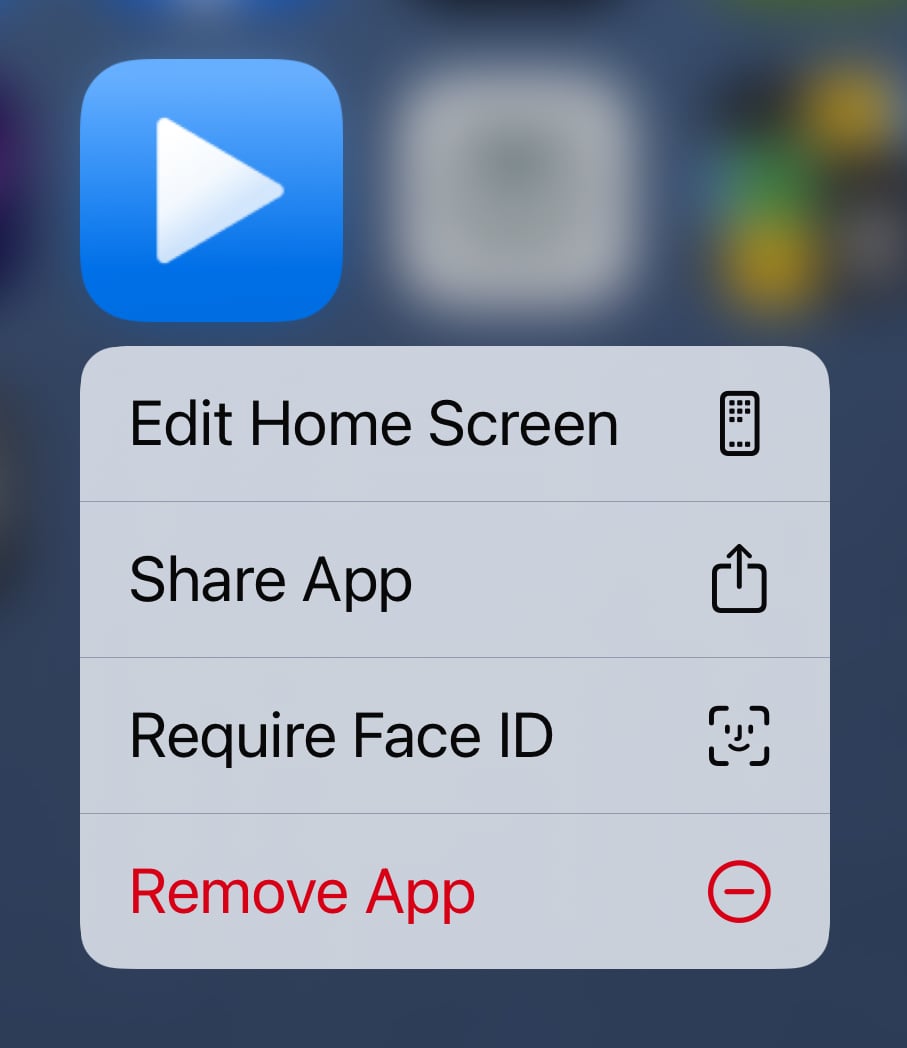
One of the interesting features of the new iOS 18 and iPadOS 18 is the ability to lock and hide apps on your iPhone and iPad. This can increase your privacy, by preventing anyone you hand your device to from accessing certain apps. This can be really useful if you occasionally (or often) give one of your devices to a child, and don’t want them to be able to access your email or messaging apps, for example.
Here’s how to use this new feature and lock or hide apps on the iPhone and iPad.
Why you might want to lock or hide apps
If you have young children, you know that they probably want to use your iPhone or iPad occasionally. Since these devices don’t have multiple user accounts, you can’t loan your iPhone or iPad temporarily to someone with limitations on which apps they can access. Locking apps is a good way to make sure that your child, or anyone else who temporarily borrows your device, can’t access key apps, such as your email, messaging apps, web browser, or any other app that may not be appropriate for them.
Access to these apps is only available after the owner of the device unlocks them using Face ID or Touch ID. This means that when you want to use these apps, you will need to unlock them each time; since most iPhones have Face ID, this is pretty quick. With devices that have Touch ID, this takes a bit more time. But make sure you haven’t set up Face ID or Touch ID for anyone else; if so, they’ll still be able to access these apps.
You may also want to hide apps so no one is able to see which apps are on your device. You can’t hide essential Apple apps, such as Mail, Settings, App Store, etc. But you can hide optional Apple apps; apps that aren’t bundled with iOS or iPadOS, like Pages, Numbers, Sports, or GarageBand.
To lock or hide apps, your iPhone or iPad needs to be running iOS / iPadOS 18 or later.
How to lock apps on iPhone or iPad
To lock an app on your iPhone or iPad, press and hold its icon until the contextual menu displays.
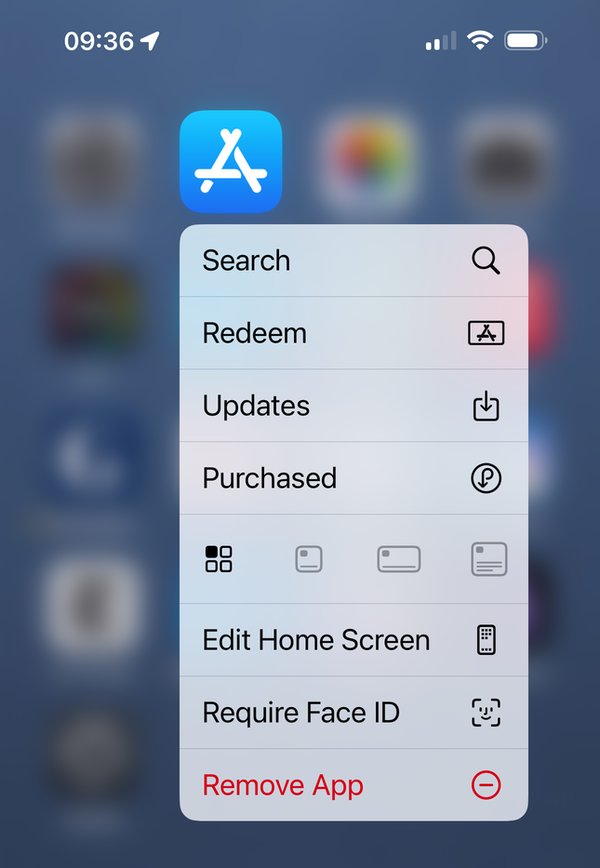
Tap Require Face ID or Require Touch ID. Your device authenticates you, either via Face ID or by telling you to press Touch ID, and then the app is locked. When you tap a locked app’s icon to open it, your device will either perform a Face ID authentication or prompt you to use Touch ID. If this doesn’t work, it will ask you to enter your passcode.
To unlock an app, press and hold its icon, and, in the contextual menu, tap Don’t Require Face ID or Don’t Require Touch ID.
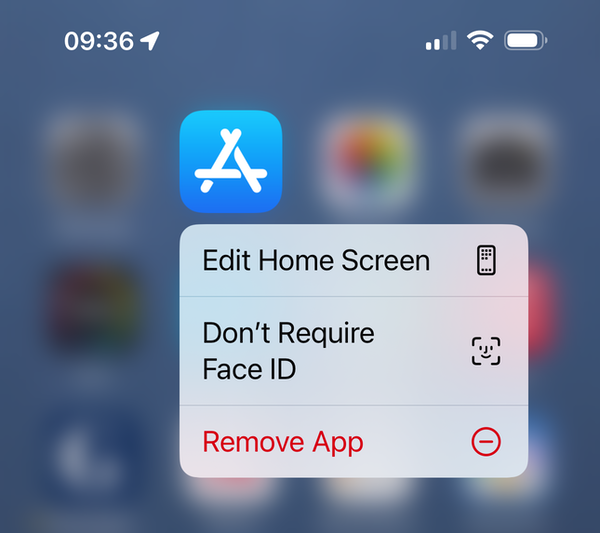
How to hide apps on iPhone or iPad
As mentioned above, you can hide Apple apps that aren’t bundled with iOS or iPadOS, as well as any third-party apps. If you want to hide an app, the dialog that displays will offer two options: to require Face ID or Touch ID, or to Hide and Require Face ID or Touch ID.
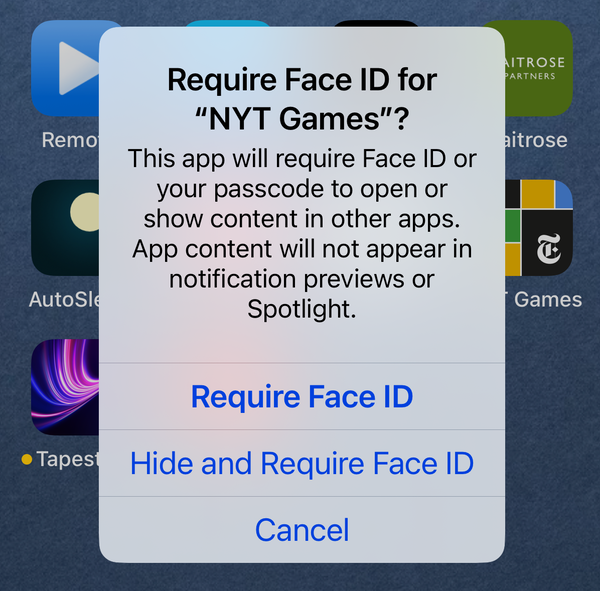
If you tap the Hide option, you’ll see a dialog explaining what will happen.
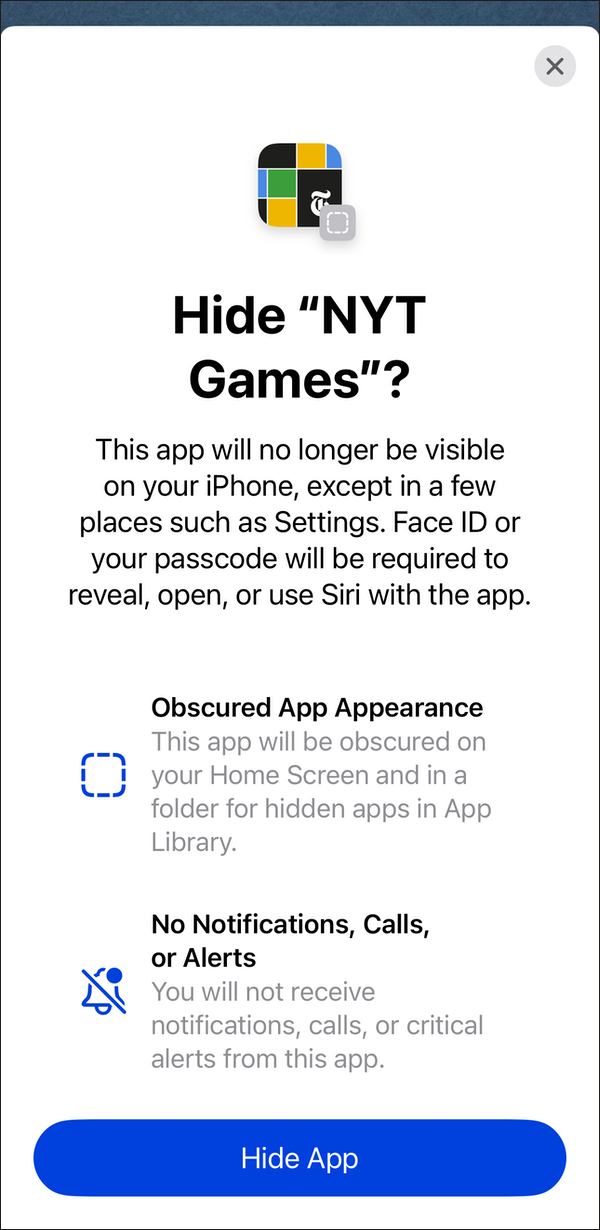
You’ll find a Hidden folder at the bottom of your App Library (swipe to the right until you see App Library). If you tap this folder, you’ll need to authenticate via Face ID or Touch ID to view the contents of the folder, then you’ll be able to access any apps it contains.
You can also choose to remove apps from your home screens, so they only display in the App Library. Press and hold an app, and tap Remove App in the contextual menu that displays. A dialog asks if you want to delete the app or remove it from your Home Screen.
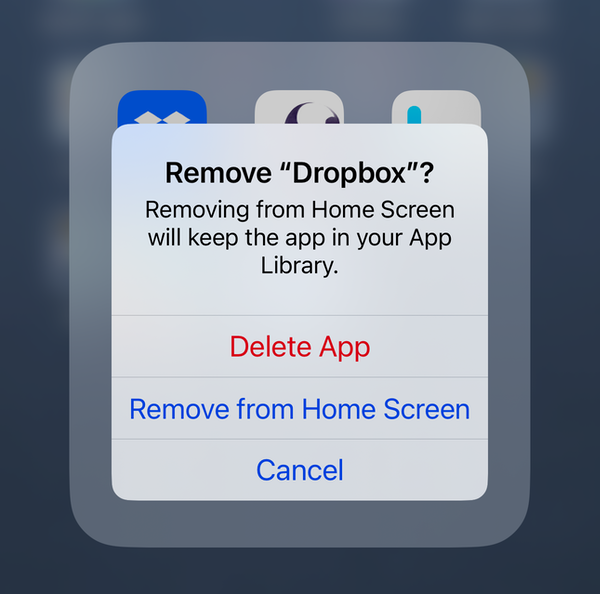
If you choose to remove it from your Home Screen, it still displays in the App Library and is available when you perform a search on the device.
When you hide apps, as Apple says above, they may show up in certain areas of the Settings app. To access all the settings for hidden apps, scroll to the bottom of the Settings app, tap Apps, then scroll to the bottom where you’ll see Hidden Apps. Tap this and authenticate to access settings for these apps.
How to unlock apps on iPhone or iPad
To unlock (and unhide) apps, press and hold an app and choose Don’t Require Face ID or Don’t Require Touch ID from the contextual menu.
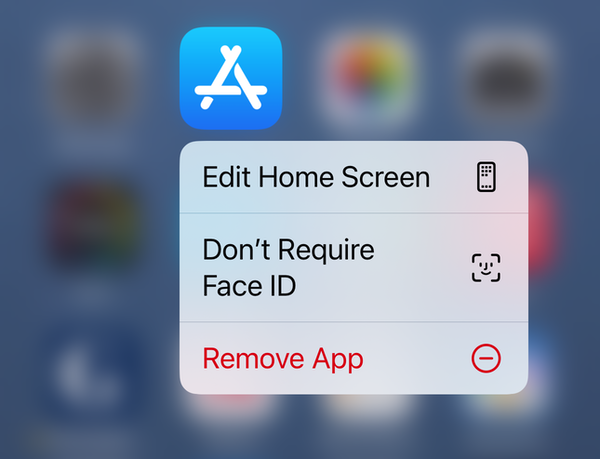
If you do this with an app in the Hidden folder, it will be removed from that folder and added to another folder in the App Library. If you unlock all the apps in the Hidden folder, that folder disappears.
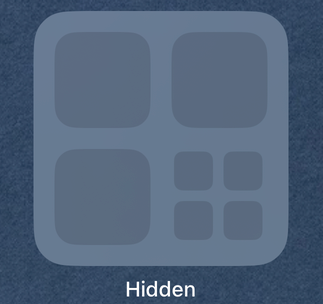
Apps that are unhidden are added to other folders in the App Library, but not to your Home Screen. To add them back to your Home Screen, press and hold, then choose Add to Home Screen.
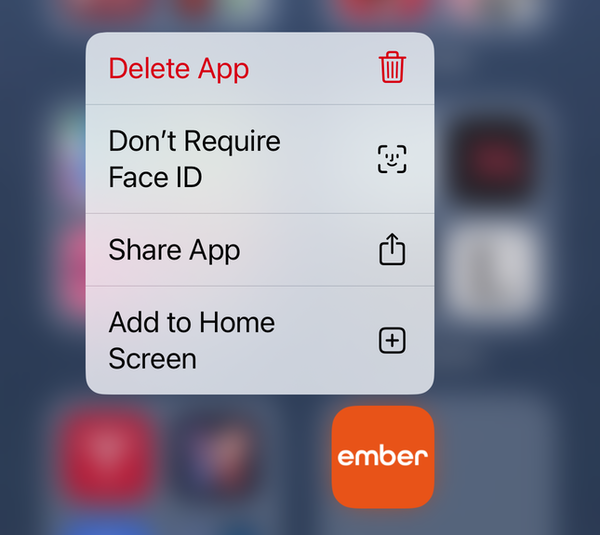
Locking and hiding apps is easy, and can increase your privacy if you ever share your device with anyone. Take a moment to lock the most sensitive apps, and hide any apps that you don’t want others to be able to see.